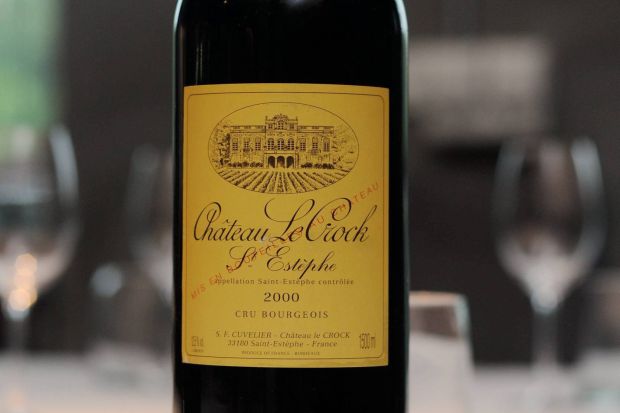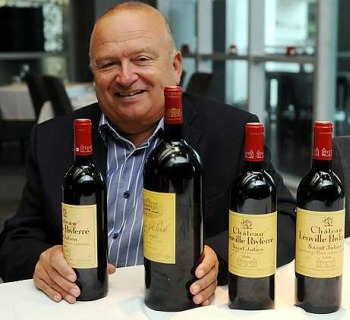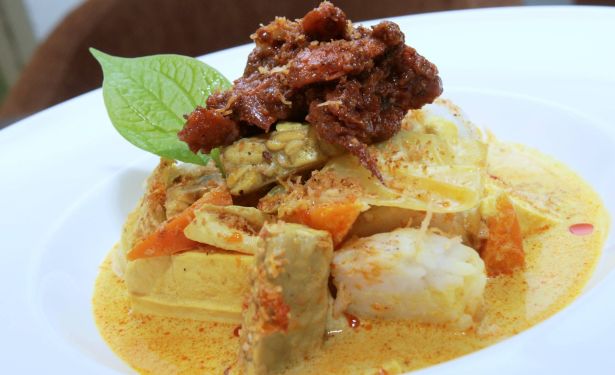Armed with a pedigree dating back to the mid-1700s, Poyferré has moved into the league of the super seconds.
IN 1979, a 25-year-old French accountant, born into a family with a long tradition in the wine business but little knowledge to produce it at the highest levels, asked those around him a fateful question: “Why not me?”
That man was Didier Cuvelier and the occasion was a meeting to decide who would take over the family estate, Chateau Leóville Poyferré (pronounced poh-feh-reh). The fact that no one was enthusiastic to do so then spoke volumes of the dark days that had befallen this Bordeaux winery.
Among the classified growths of the Medoc, Poyferré is in a group just below the five celebrated premier crus (or first growths) of Lafite Rothschild, Latour, Margaux, Mouton Rothschild and Haut Brion.
Situated in the St Julien commune, it was once part of the largest estate in Bordeaux but subsequently broke up into three. (The convoluted history of how this came about can be found on reputable wine sites on the Internet.)
But even with a pedigree dating back to the mid-1700s, terrific soil and climate, Poyferré enjoyed few of the accolades garnered by its two sisters, Las Cas and Barton prior to Didier Cuvelier’s takeover.
I ask the now 57-year-old and highly revered Cuvelier point blank why on earth he volunteered, to which he replies with a typical Gaelic shrug. One could easily mistake this for indifference, except that it comes from someone toughened by years of hard labour and with sharp wine sensibilities.
He is rightly credited with engineering his winery’s renaissance literally from the ground up. He began with soil analysis, pulling out old rootstock and replanting with better varietals. But he also knows he could not have done it alone. Thus he has none of the snooty airs of some wine aristocrats.
Cuvelier acknowledges the help of the late Emile Peynaud – widely regarded as the father of modern oenology – and of Peynaud’s pupil, the redoubtable Michel Rolland. Peynaud, who died in 2004, saw through eight vintages with Cuvelier, while Rolland is a consultant to the winery to this day.
From them, he learned the importance of impeccable grape selection, separate batch processing, controlled fermentation and the conversion of malic to lactic acid to soften acidity and introduce complexity.
But he is also effusive in his praise of his winemaker, Isabelle Davin, for having made the wine more feminine – by which I take it to mean making wine softer, rounder and more elegant. We talk for a while on the successes of female winemakers in France and around the world.
When I ask him what he tries to achieve in his wine, I expect to hear the usual lofty statements about minimalism, expression of terroir and being true to the varietals. Instead, he says simply: “It’s about achieving balance.”
Wine lovers these days are brought up to believe that the most outstanding wines are produced by the most extreme methods. The word “balance” seems out of place, suggesting compromise and sell-out.
But that is not what Cuvelier means. Rather, what is achieved in the vineyard has to be enhanced in the winery to produce the most pleasurable wine. Thus the Poyferré style is not austere and angular like some Bordeaux wines but rich, concentrated and sophisticated.
It is these qualities that brought the wine to the notice of the Emperor of Wine (Critics), Robert Parker Jr, but it soon gained a following the world over. The 2009 and 2010 vintages have garnered close to perfect scores from major wine critics.
Make no mistake though: Cuvelier is no iconoclast. He firmly believes in the Bordeaux style and has spoken out against higher alcohol wines that are changing it. Warmer growing temperatures and easily ripening grape varieties are threatening to wipe out the region’s distinctiveness.
For the tasting, I was offered the 2000 vintage and what I found was that while the palate was full, it was far from overly luscious. There was a good canvass of acidity that was absolutely critical in the crafting of elegant wines, from which hints of dark fruit, spiciness and minerality can be detected.
I found the tannins to be fine and round. Oak is an important part of the making of wine and imparts a subtle warmth and toasty character. In other tastings conducted, graphite, dusty chocolate box, and turmeric have been reported.
Didier Cuvelier obviously enjoys going around to introduce his wines and I ask him about the changes he has seen in Asia over the years. He tells me that we have come a long way.
In wine tastings that he held in China about a decade ago, he was stunned to see attendees down their wines in one gulp kam pei style. Today, they are far less prone to do so, being attuned to the finer points of wine appreciation.
This is just as well since Poyferré is no longer the Cinderella of the three. It might have taken some decades but it has blossomed and is now firmly in the league of the “super seconds”.
The writer is a certified wine specialist.






